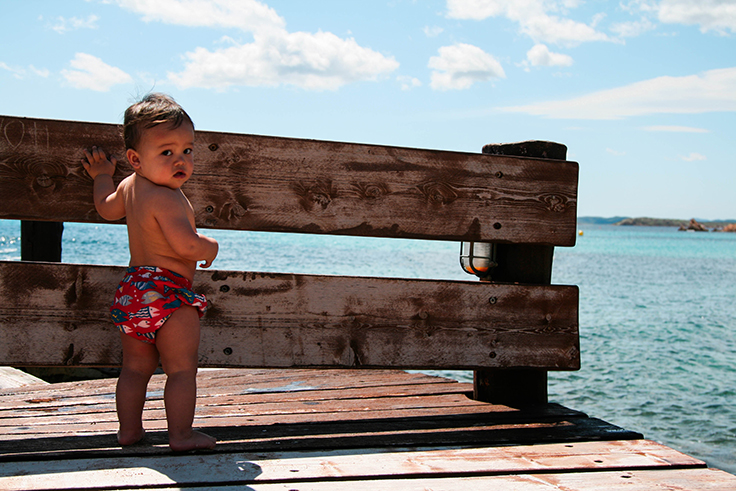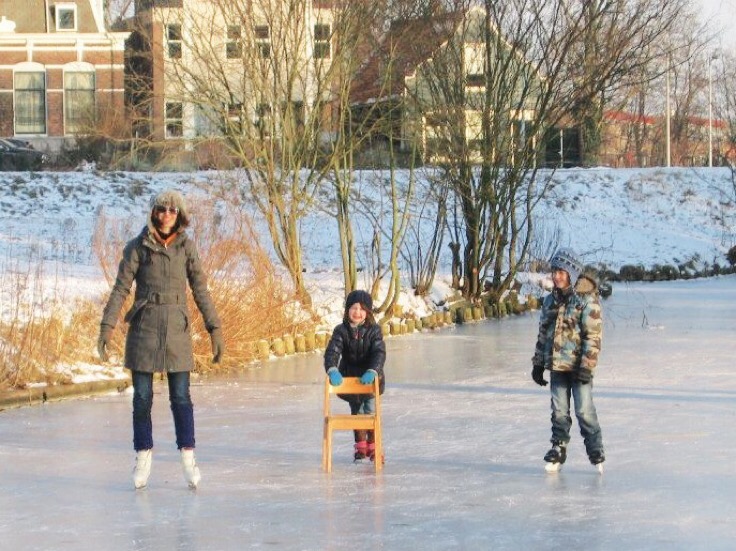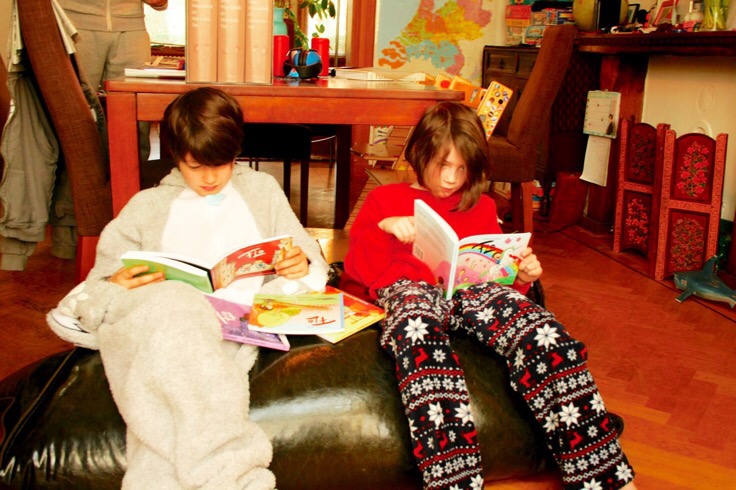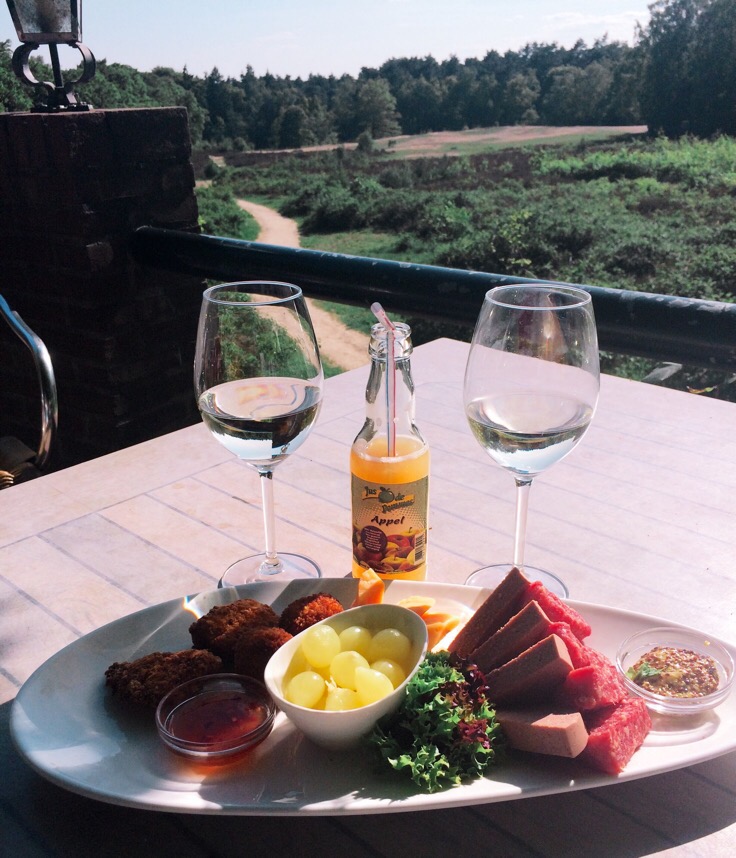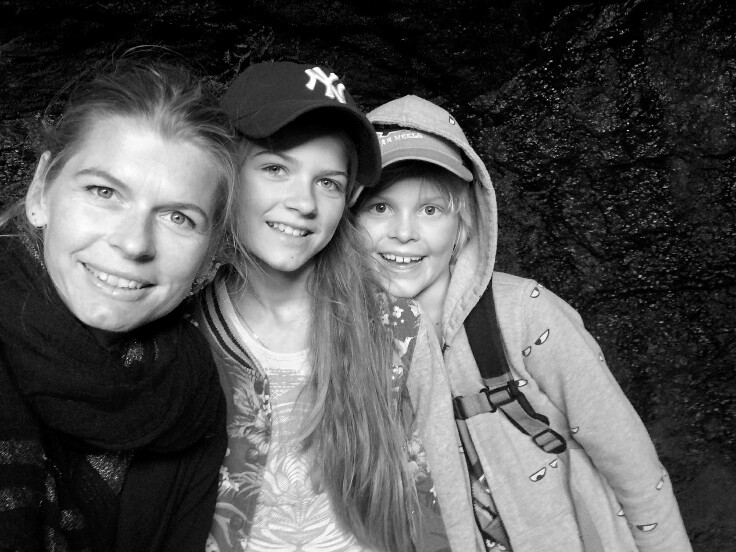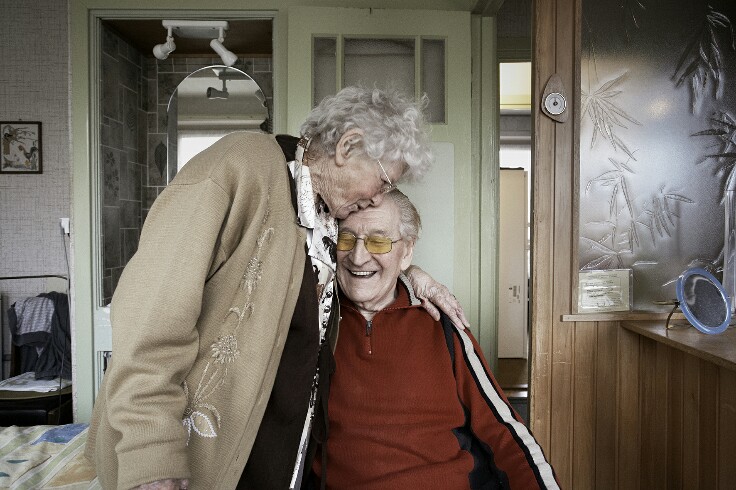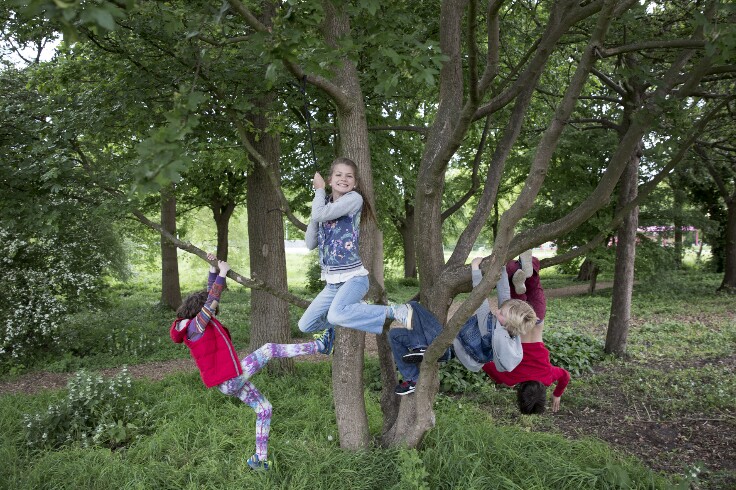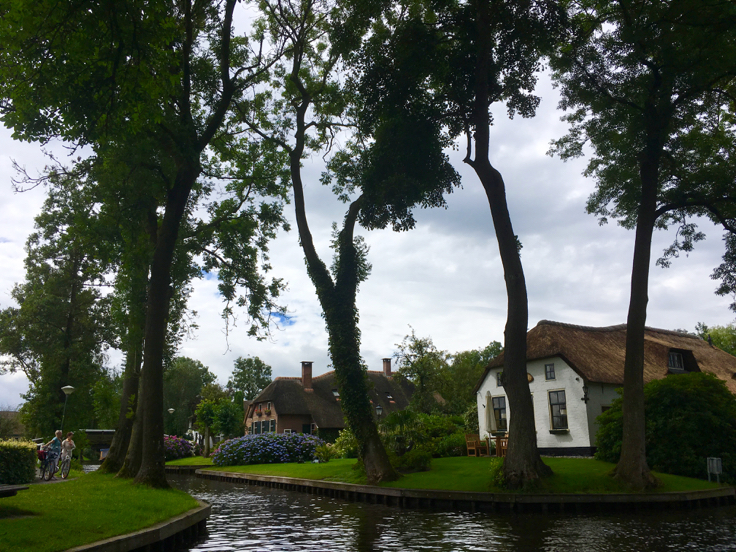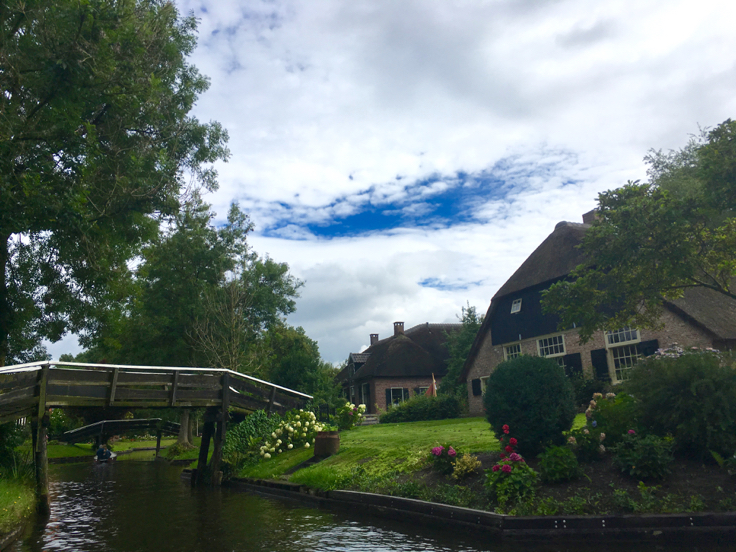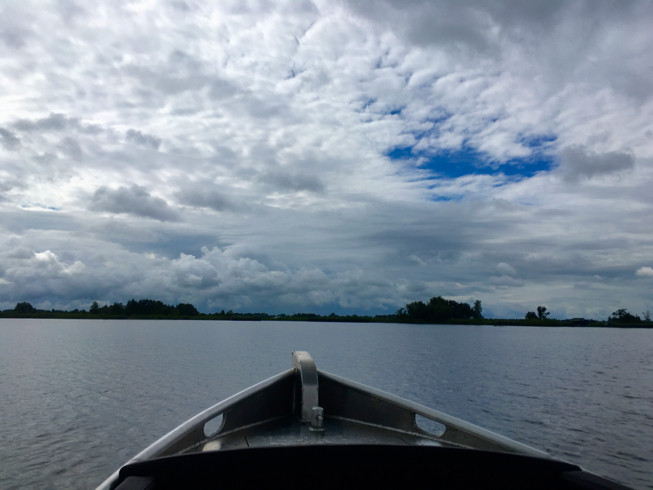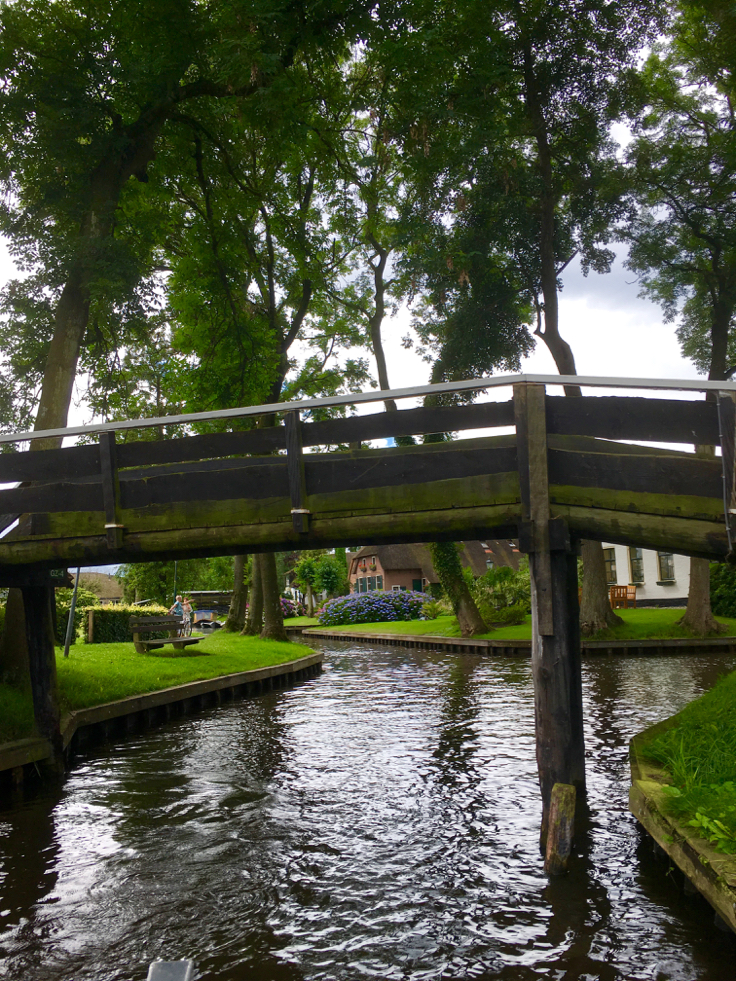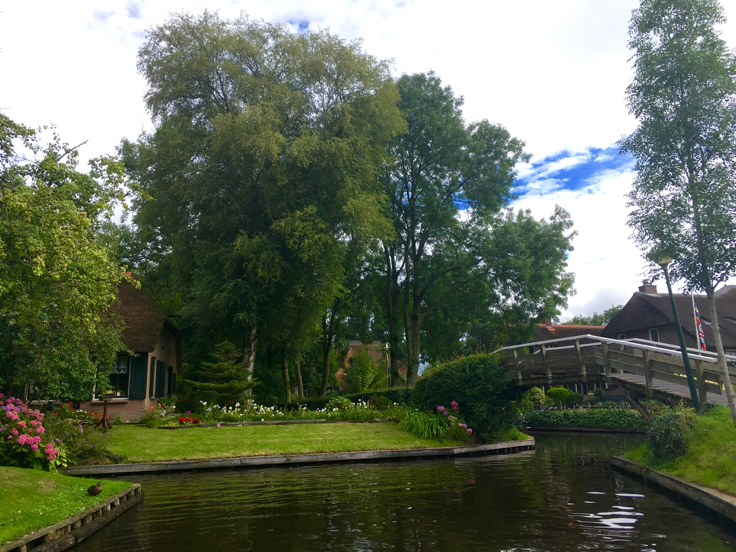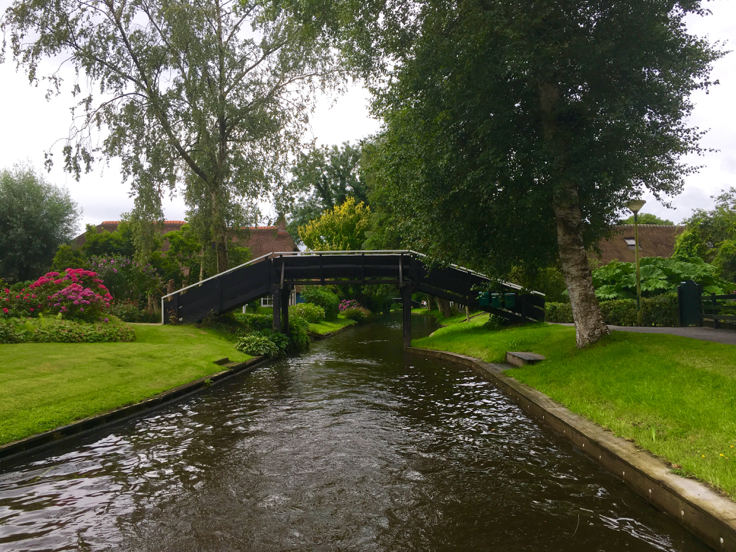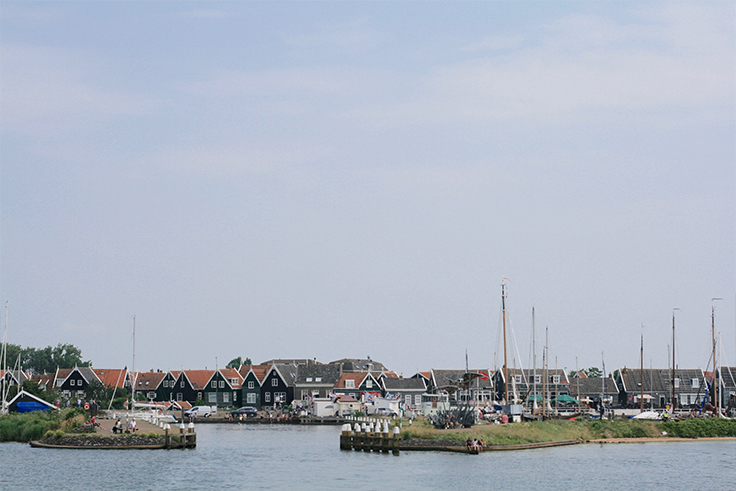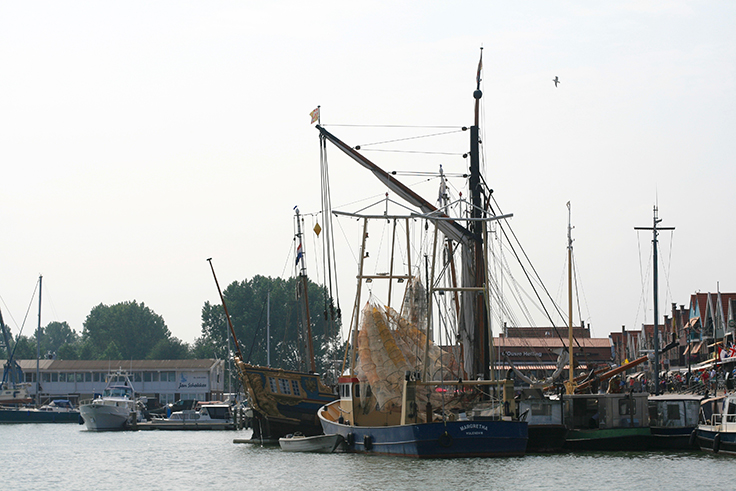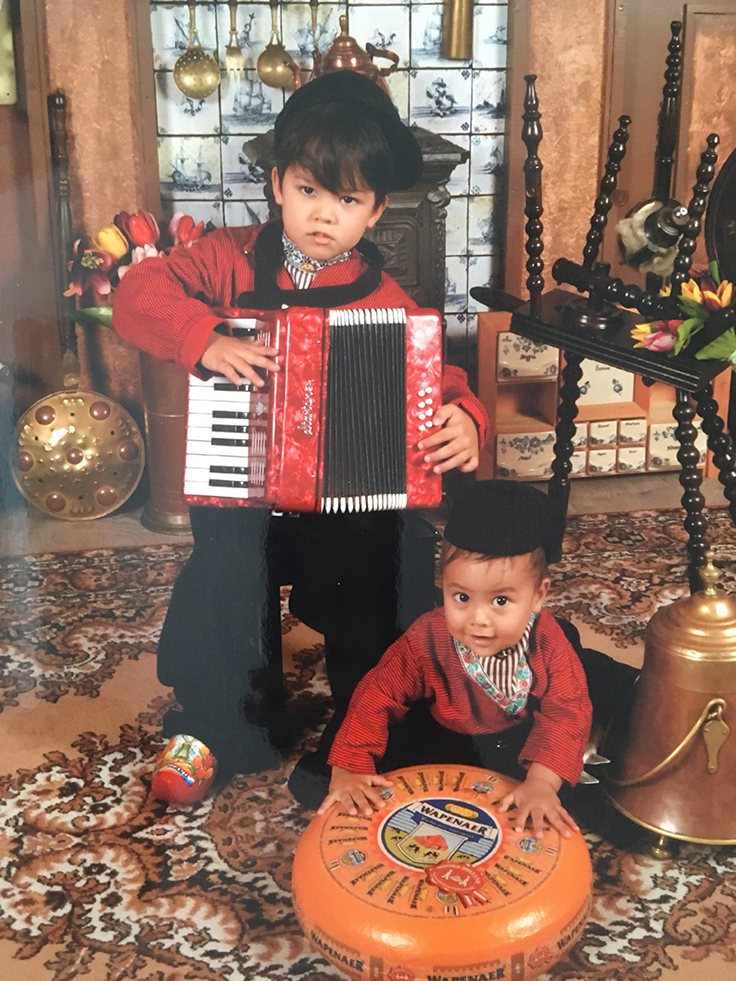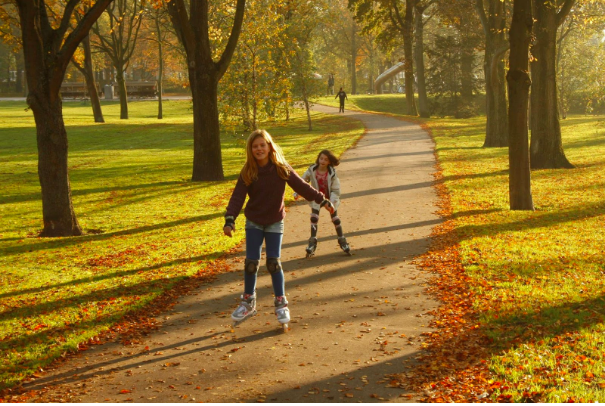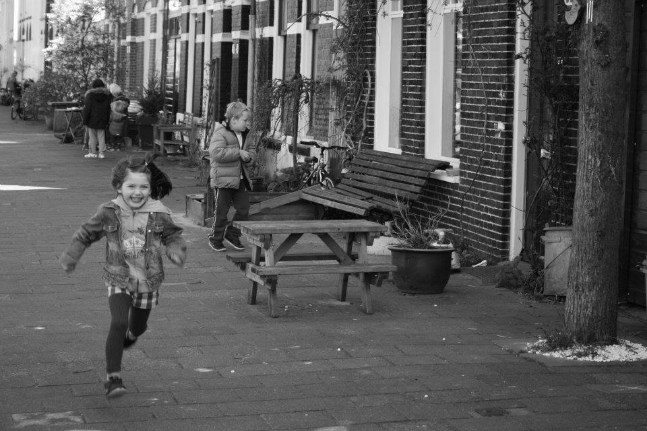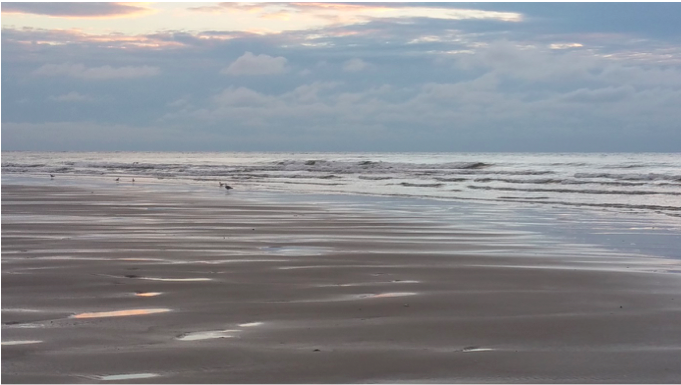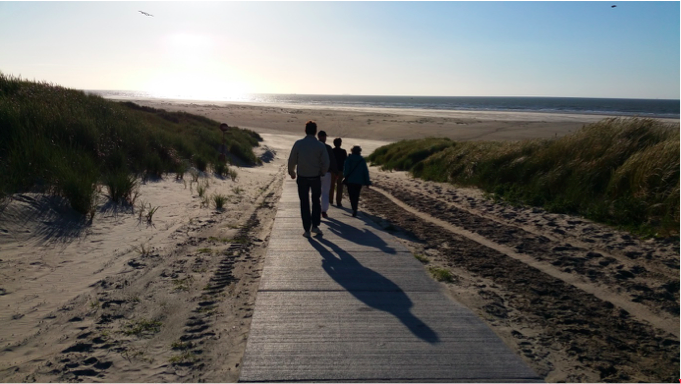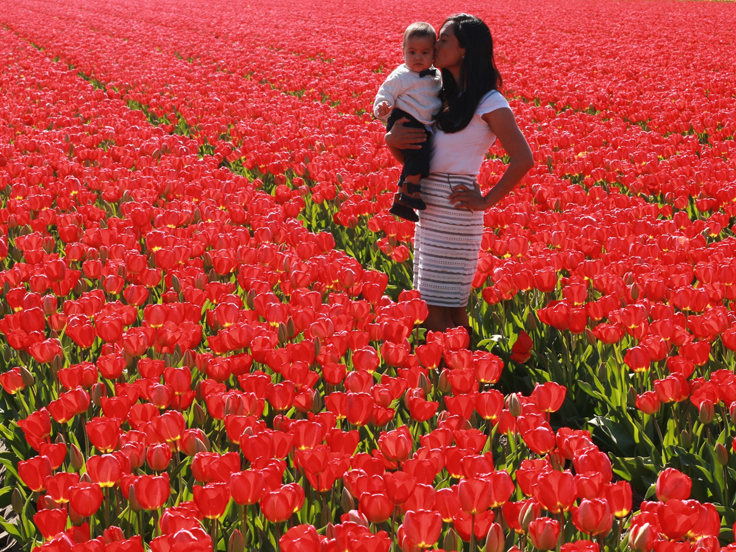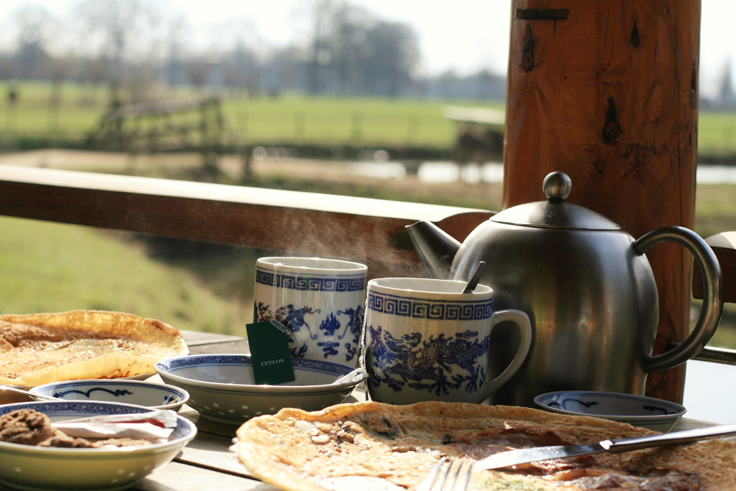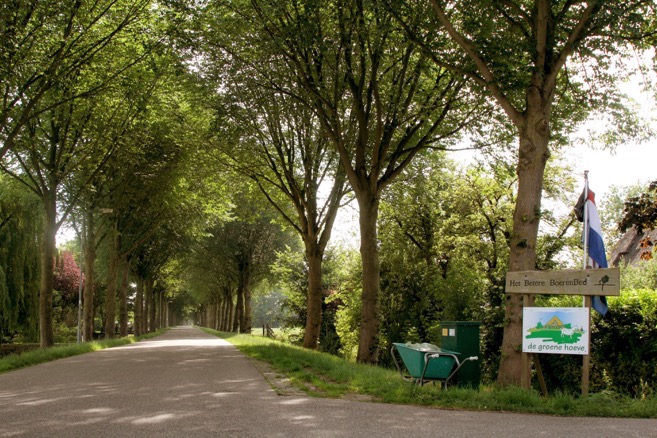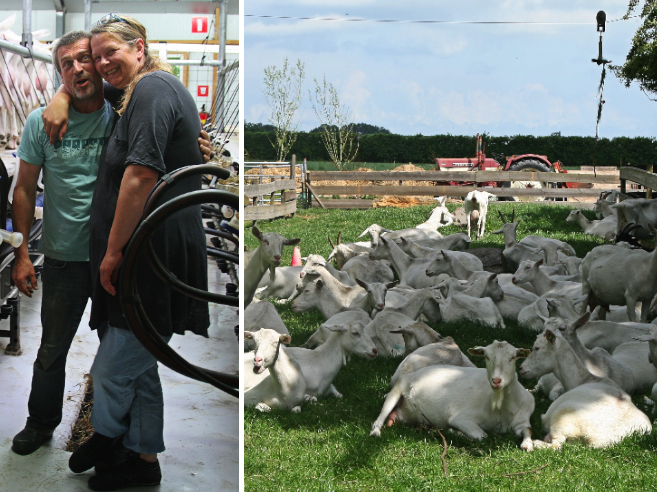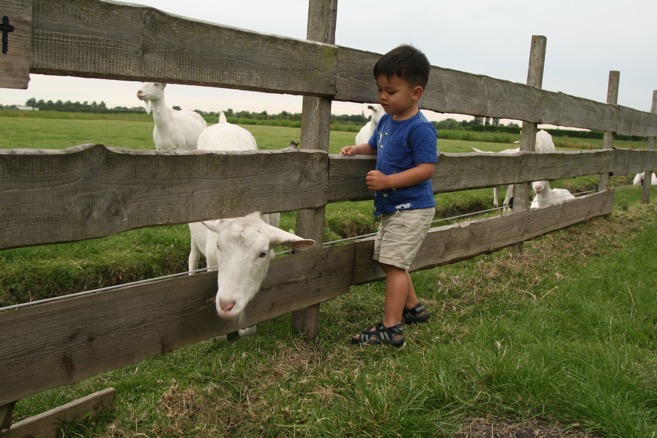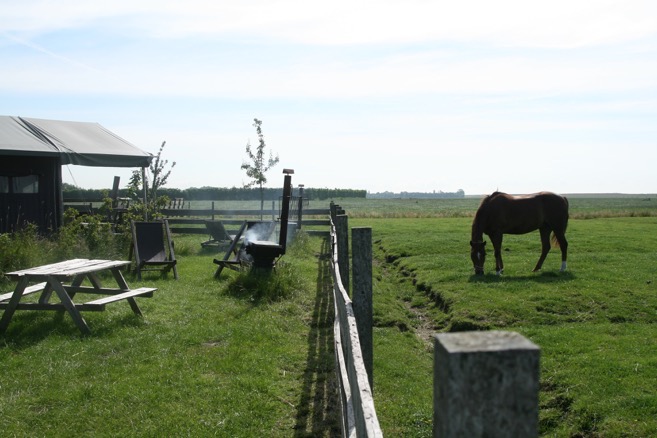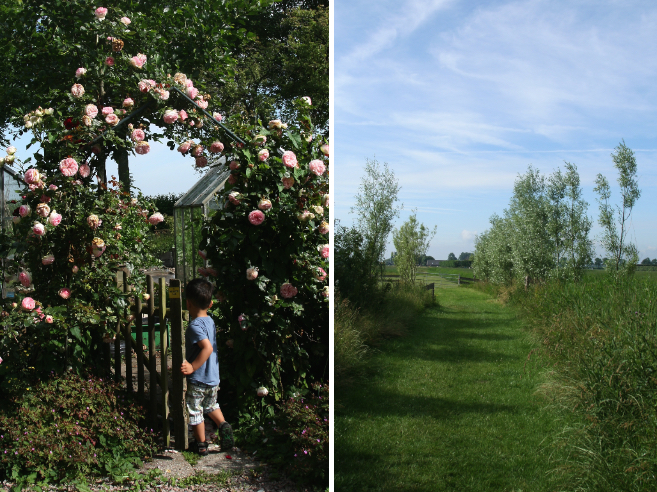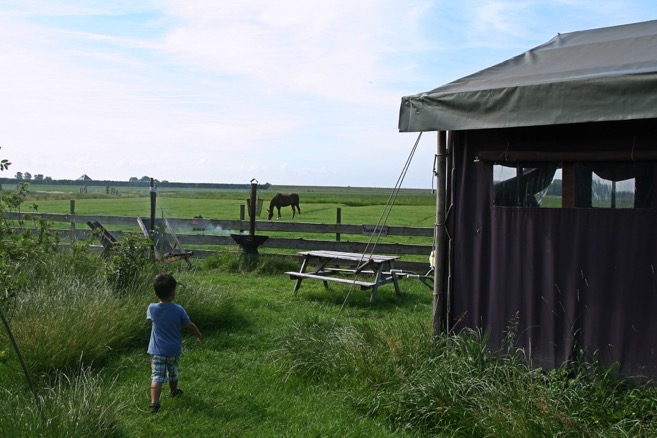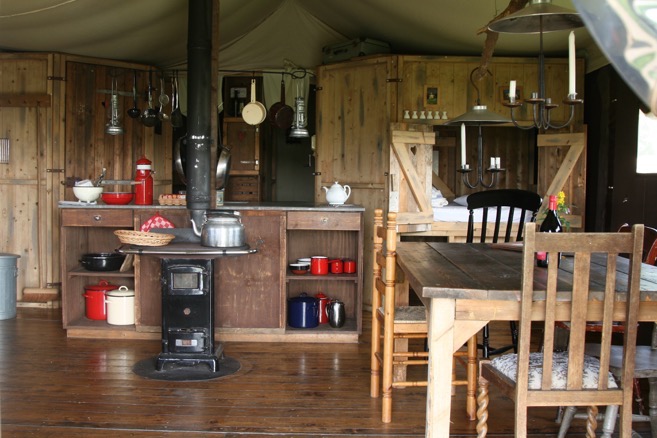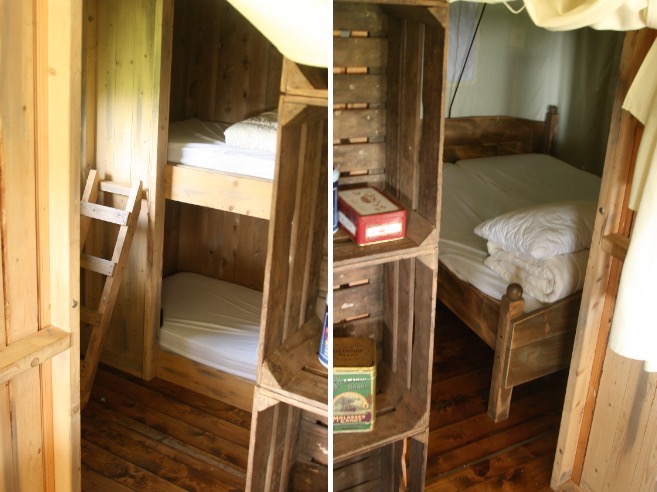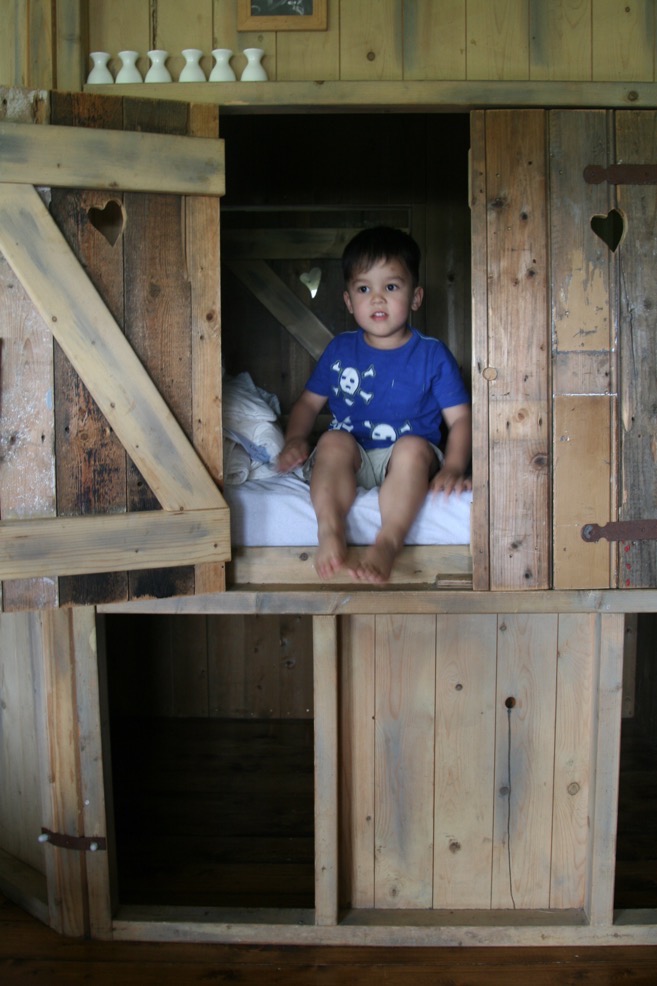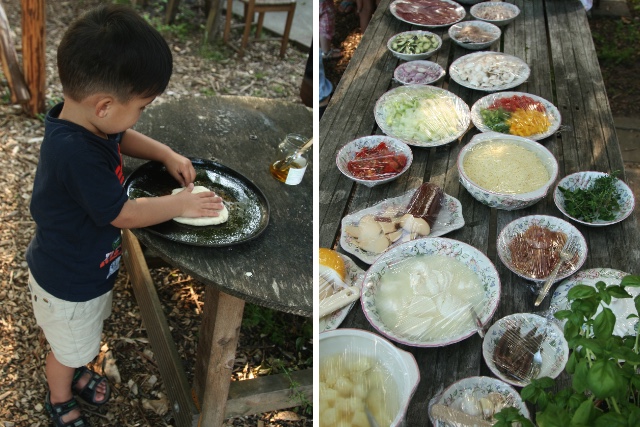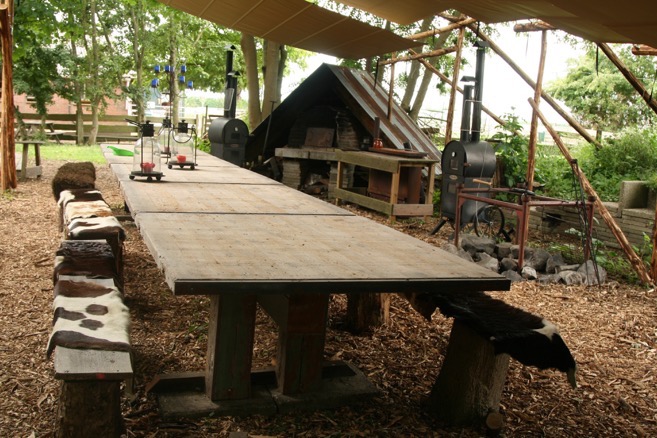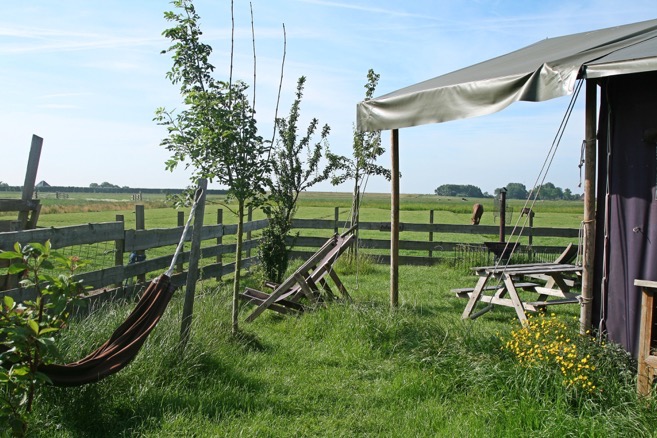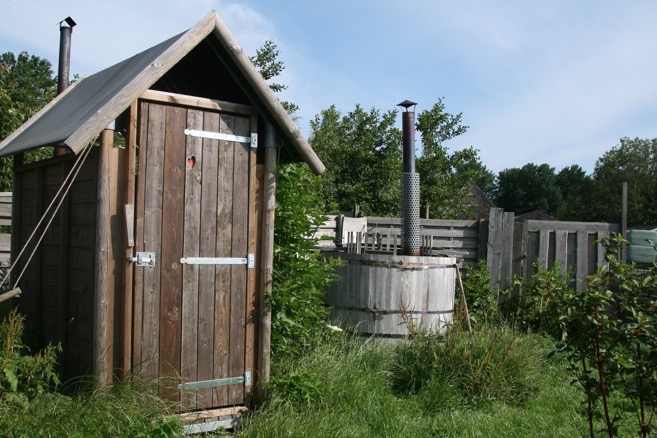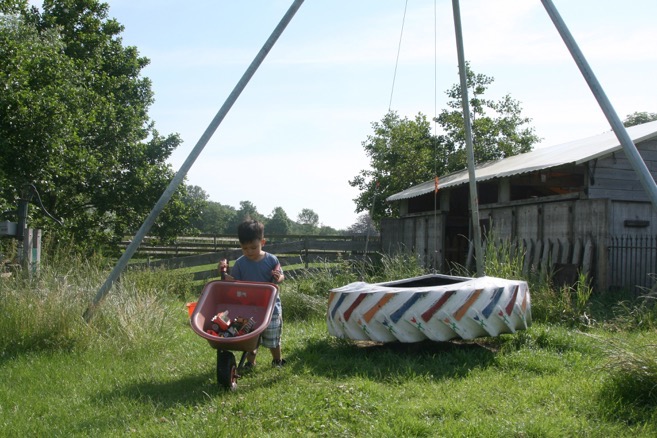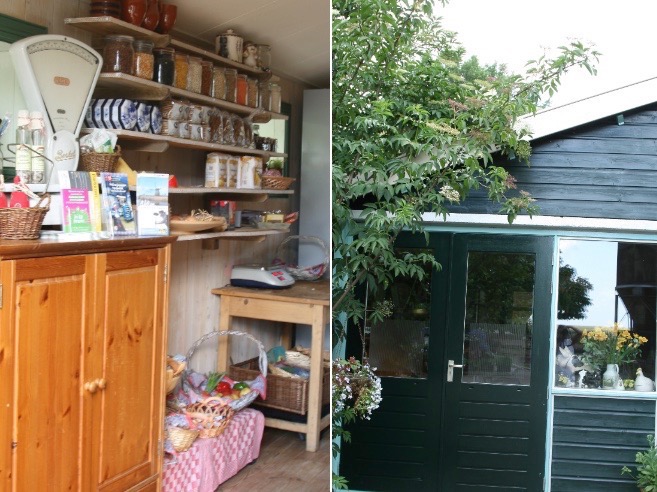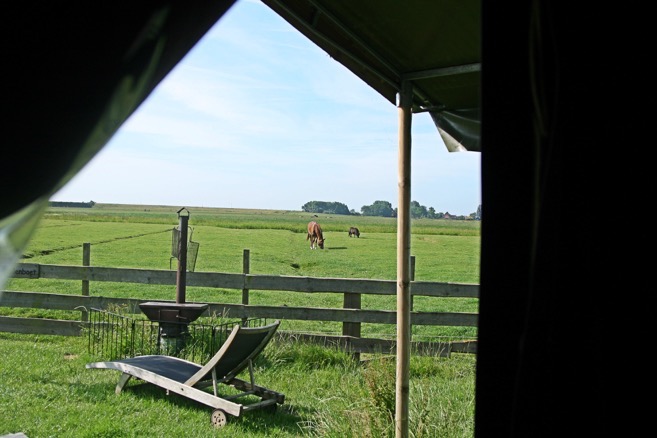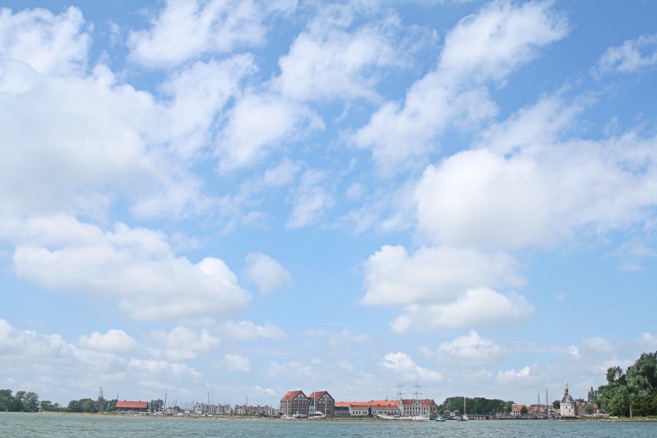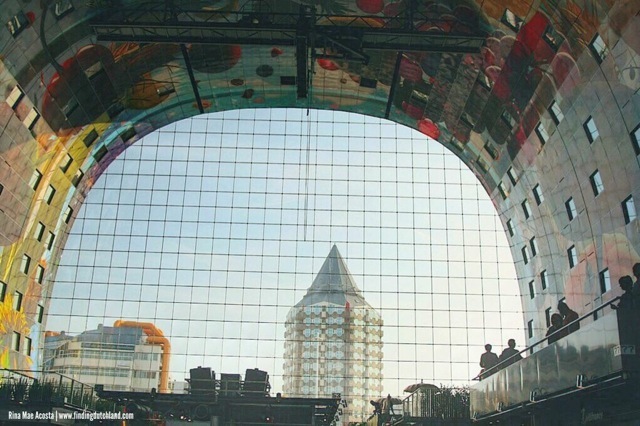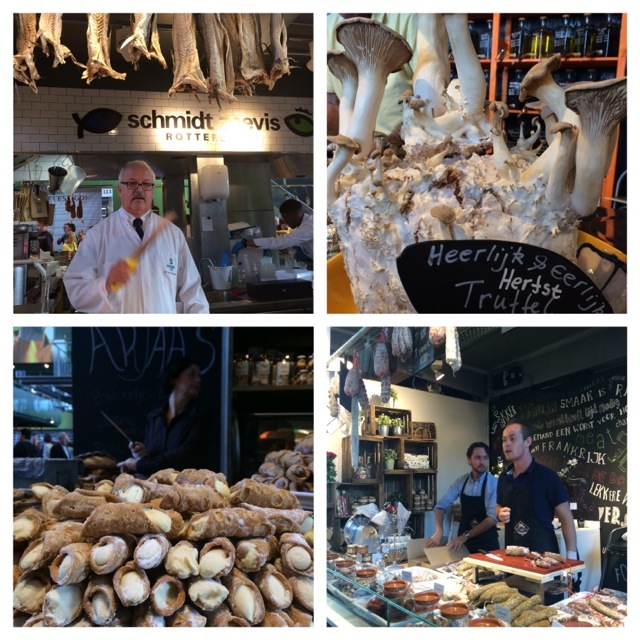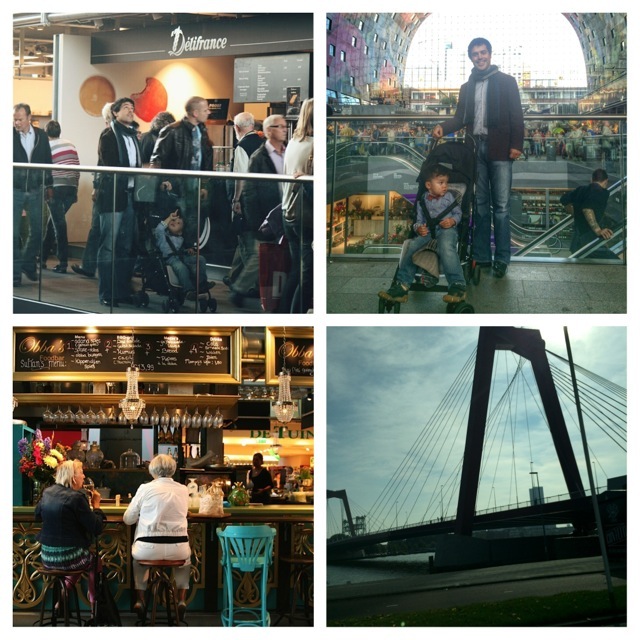Summer has (un)officially arrived, or is just around the corner. Images of lazy days of children playing at the beach and bright blue skies at some exotic destination or summer camps in pristine nature come to mind. Yet the reality is, for many families, summer is a “financial and logistical nightmare“.
Most of us cannot afford to take the entire time off – ten to eleven weeks for American children and five to six weeks for the Dutch. There’s also this unspoken, often self-imposed pressure to give our children an amazing, magical summer experience. And if we’re fortunate enough to be able to take a week or two, there’s this pervasive idea that a ” fantastic family summer vacation” is synonymous with plane tickets, hotel stays, and (exotic) exciting destinations. Think a trip to Disneyland, lounging around Aix en Provence, an all-inclusive resort in Mexico, or doing some island hopping in Hawaii. And with that naturally, comes the feeling of guilt and jealousy of others if we fall short of living up to these expectations.
But for the Dutch, summer is something that they all seem to look forward to without that emotional and financial baggage. After doing some (Google) research, interviewing dozens of Dutch families, and reflecting on my own personal experience as a child and then a mother, I think I’m onto something. And I am convinced that the secret lies in embracing three complementary things: low-cost, down-to-earth activities, boredom, and Dutch gezelligheid.
Embracing low-cost, down-to-earth activities
What’s admirable about the Dutch is that they take pride in being cheap. They’re able to have wonderful, memorable moments without feeling compelled to break the bank. In fact, the less they spend, the happier they are and the more bragging rights they have. This summer, my family and I decided to have a staycation in the Netherlands. Be prepared for regular pictures of us at the local beach and eating our homemade sandwiches.
Some suggestions are:
Camping
Nothing screams a Dutch holiday than camping. Whether it’s doing it the classic way of pitching up your own tent, going all out on a caravan, or glamping. Camping is a beloved Dutch institution that crosses all socioeconomic lines. There are even camps in France, Spain, and Italy that cater to the Dutch clientele, providing them with Heineken, Dutch farmer’s cheese, peanut butter, and their favorite brand of toilet paper.
Playing Tourist in Your Homebase
I love playing “tourist” in the area of where I live. A trip to the local ice-cream shop, library, park, nature reserve, beach, a museum can be glorious.
Bonus if you live in the Netherlands or have easy access to the Low Countries
One of the best-kept secrets in the Netherlands is its white sand beaches. Castricum aan Zee, Zandvoort, Bloemendaal, and Scheveningen are our favorite, family friendly beaches to go to
Embracing Boredom
In an ideal world, I would love “boredom” to be the next parenting trend (second, of course, to going Dutch). According to research (http://www.bbc.com/news/education-21895704), ” Children need to have stand-and-stare time, time imagining and pursuing their own thinking processes or assimilating their experiences through play or just observing the world around them.” Boredom, or more accurately, unstructured time facilitates this.
Dutch parents believe in the gift of boredom. For them, it means allowing children to simply play outside in their living rooms or the garden, or with neighborhood children out on the streets left to their own devices.
Dutch Gezelligheid
“Gezelligheid” is an untranslatable word that encompasses the feeling of coziness, warmth, love and belonging. It’s similar to the trendy Danish Hygge in that it embraces the idea of enjoying life’s simple pleasures. What puts Dutch gezelligheid above its Danish cousin Hygge is that gezelligheid is primarily focused on relationships, on spending time together. Gezelligheid is done with other people, not on your own. Let that sink in for a moment. Gezelligheid is really is about relationships and nurturing the ties that bind. Think sharing stories over a campfire, running around the sprinkler on the grass, baking a birthday cake, having pancakes for dinner. It’s all about the quality of time spent together as a family. And though we all live busy lives, if we can give them at least twenty minutes of our undivided attention regularly, it goes a long way.
Children, especially in the early years, won’t remember the details of their summer vacation but rather how they felt when they were with their parents. Recently, British child psychologist Oliver James even went as far as to suggest that taking your children on foreign holidays is bad for their mental health. Though I don’t personally agree with him in that regards, I do think there is a lot of truth when he argues that “children are easily pleased by the simple things”.
And more often than not, it’s the simple things – often that are free or don’t cost too much – like playing hide and seek at home, dancing and singing along their favorite songs, or having a picnic in the backyard, are what children consider magical. In fact, it’s all about simply spending time with each other. Dutch parents place a lot of emphasis on family togetherness, on simply being present with their children. This is what the concerted effort goes into – not the details of the actual vacation.
P.s. Does this resonate with you? Any chance you may be inspired going Dutch, parenting-wise? Well, we wrote a book about it.

